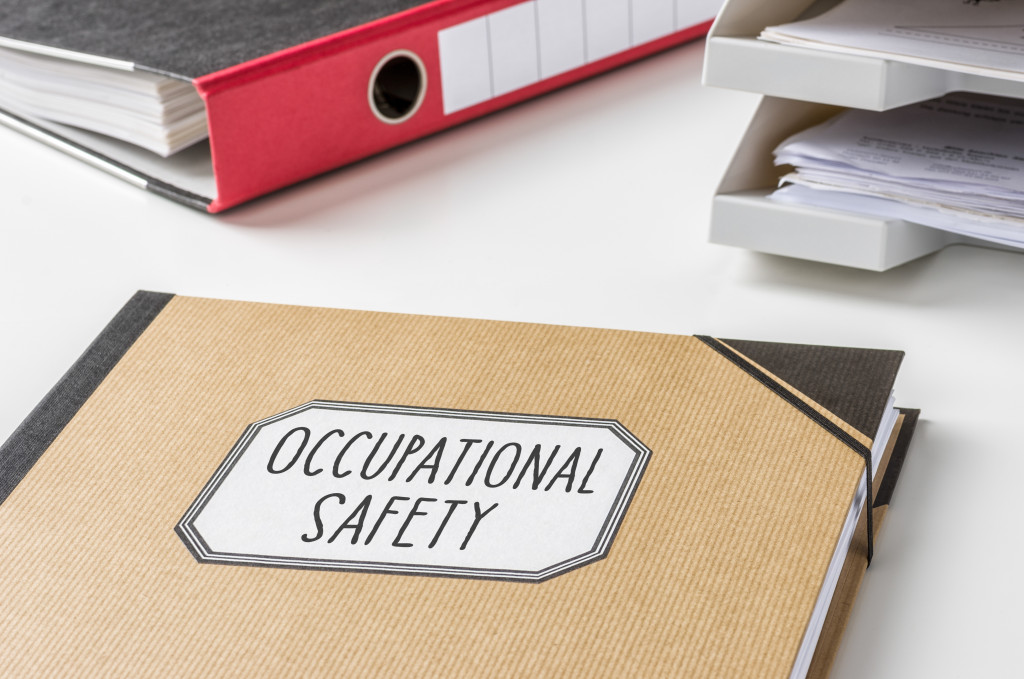- Conduct regular employee training to handle emergencies and maintain basic hygiene.
- Risk assessments should be conducted to identify potential hazards in the workplace that need to be minimized.
- Ensure safety compliance by working with experts such as workplace safety officers, occupational health and safety practitioners, personal injury lawyers, and insurance brokers.
- Provide employees with the necessary equipment and training to use them properly.
- Encourage a clean and healthy environment by regularly cleaning surfaces, encouraging personal hygiene practices, and using safe disinfectants.
As an employer, the welfare and safety of your employee should always be one of your top priorities. Workplace safety should never be compromised, especially in a time like this when the world is recovering from a health crisis. It is your legal obligation as an employer to ensure that your employees are working in a safe and healthy environment. This blog post will provide information on keeping your office safe for employees, including compliance with safety regulations.
1. Conduct Regular Employee Training
Regular employee training is one of the most effective ways to ensure workplace safety. Employees should be trained to handle emergencies like fire outbreaks, chemical spills, and injuries. The training should also include basic hygiene and best practices for staying healthy during a pandemic. Also, employees should be trained to use equipment and tools properly to avoid injuries. Training should be conducted periodically, especially after acquiring new equipment or tools.

2. Conduct a Risk Assessment
Conducting a risk assessment is crucial to identifying potential hazards in the workplace. A risk assessment should be performed periodically, especially after acquiring new equipment, tools, and chemicals. The assessment should identify potential employee risks and the appropriate measures to minimize them. The evaluation should also consider the possible outbreaks of pandemics and the steps to be taken.
3. Compliance with Safety Regulations
Compliance with safety regulations is crucial in ensuring workplace safety. Employers should be familiar with the safety regulations applicable to their industry. Compliance should not only be limited to the physical safety of employees but also to their mental well-being. Make sure you work with experts to ensure compliance. Here are some people to consult:
a. Workplace Safety Officer
These professionals are responsible for overseeing workplace safety regulations. They can help create a safe and healthy workplace and ensure compliance with safety regulations.
b. Occupational Health and Safety Practitioners
Regarding occupational safety and health, these practitioners can provide useful advice. They can help you identify potential workplace risks and suggest ways to mitigate them.
c. Personal Injury Lawyers
As more regulations are imposed on employers, experienced personal injury lawyers can help you understand your legal obligations and ensure compliance. They can also help you navigate any issues related to employee safety so that you can remain compliant with safety regulations.
d. Insurance Brokers
Insurance brokers can help you understand your business’s insurance needs and ensure you are adequately covered. They can also ensure that your insurance policies provide adequate protection during a workplace accident.
4. Provide Personal Protective Equipment(PPE)
Personal protective equipment(PPE) ensures workplace safety, especially during a pandemic. Employers should provide employees with protective equipment such as face masks, gloves, and sanitizing products. The PPEs should be provided to the employees free of charge, and they should be provided with training on how to use them properly.
Some industries also require additional protective gear, such as steel-toed boots or hard hats. Ensure you understand your industry’s safety regulations and provide the necessary PPEs to your employees. This will help you ensure their safety and well-being.

5. Encourage a Clean and Healthy Environment
Maintaining a clean and healthy environment plays a significant role in ensuring workplace safety. Office cleaning should be done regularly, and the cleaning should target frequently touched surfaces such as door handles, elevator buttons, and keyboards. Also, employees should be encouraged to maintain personal hygiene by frequently washing their hands, covering their mouths when coughing, and staying home when unwell. You should also ensure that your office is adequately ventilated to reduce the risk of airborne diseases.
You can also hire a professional cleaning company to deep-clean your office periodically. They can take care of the disinfection process and eliminate any potential pathogens. They can also provide you with insights on how to maintain a clean and healthy environment. Look for a reputable and experienced cleaning company using safe and effective disinfectants.
Ensuring the safety of employees in the workplace is an essential aspect of being a responsible employer. Employers should identify potential risks, implement measures to minimize them, conduct regular training, provide PPE, maintain a clean and healthy workplace environment, and ensure compliance with safety regulations. By following these tips, employers can create a safe and healthy workplace for their employees, ultimately increasing their productivity and well-being.



